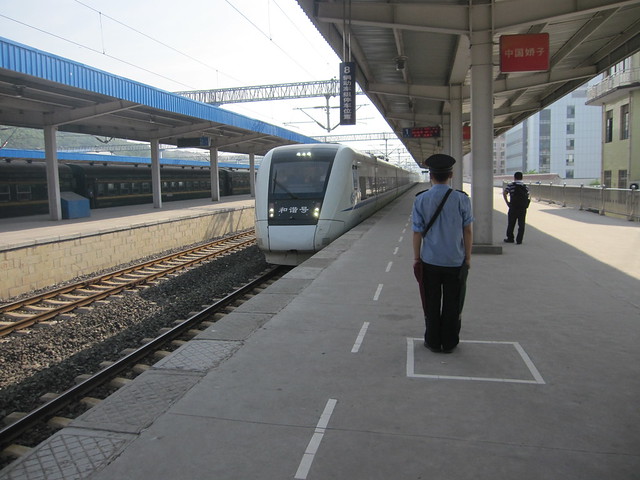
Okay, and here I go trying to make sense of everything right off. One series of rants on the soapbox - errrr, make that posts - that I've been thinking about lately is "Stuff that we all should have figured out a long time ago but somehow still have a problem wrapping our brains around for reasons unknown."
Which I've conveniently shortened to "Stuff we all should know by now."
Rather than a long winded intro, which really is implicit in the title, let's lead on by example, shall we? Remember Carmageddon? Okay, neither do I - it was a media hype induced minor panic, from this summer, apparently because some two mile stretch of highway in L.A. was due to close in its entirety over a weekend. Or something.
Anyway, one post from the aforementioned media frenzy caught my eye - one of the guys over at Freakonomics doing a very simple "apples to apples" comparison of the number of people carried per hour by one lane of traffic versus the number of people a single commuter rail line, which takes up less space in a city, can carry.
The math is explained in a bit more detail in the article, but it basically boils down to this: one lane of traffic, under optimal conditions, can carry up to 2000 people per hour. A well-operated train line? Up to 40,000 people per hour.
So which system do we go with in America? Why, the system that makes the least sense, of course. Why? Beats me. Something to do with paragraph number one of this post, I suppose... Stay tuned for more.
No comments:
Post a Comment